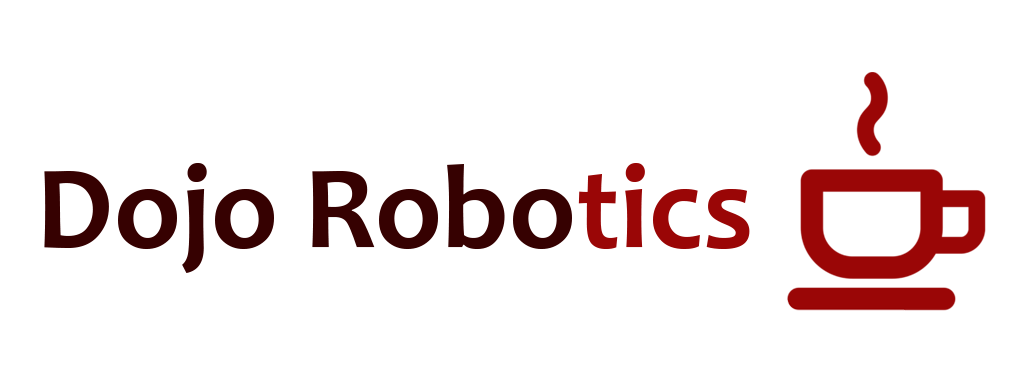Maximize Your Coffee Production Efficiency with the Ultimate Guide to Coffee Robot Machines
In the rapidly evolving coffee industry, the integration of technology has become paramount for enhancing productivity and efficiency. According to the International Coffee Organization, global coffee consumption reached approximately 167.6 million 60-kilogram bags in 2021, a figure expected to rise as café culture thrives and demand surges. To meet this increasing demand, many coffee producers are turning to innovative solutions such as the Coffee Robot Machine. These machines are not only streamlining the brewing process but also ensuring consistency in quality and taste, which are crucial for customer satisfaction.
Moreover, a recent report by Market Research Future indicates that the coffee equipment market is projected to grow at a CAGR of 4.5% through 2026, driven primarily by advancements in automation and robotics. Coffee Robot Machines stand at the forefront of this trend, helping establishments minimize labor costs while maximizing production capacity. By embracing these automated solutions, coffee businesses can enhance their efficiency, reduce errors, and ultimately improve their bottom line. This ultimate guide will explore how to leverage Coffee Robot Machines effectively, transforming your operations and maximizing your coffee production efficiency.
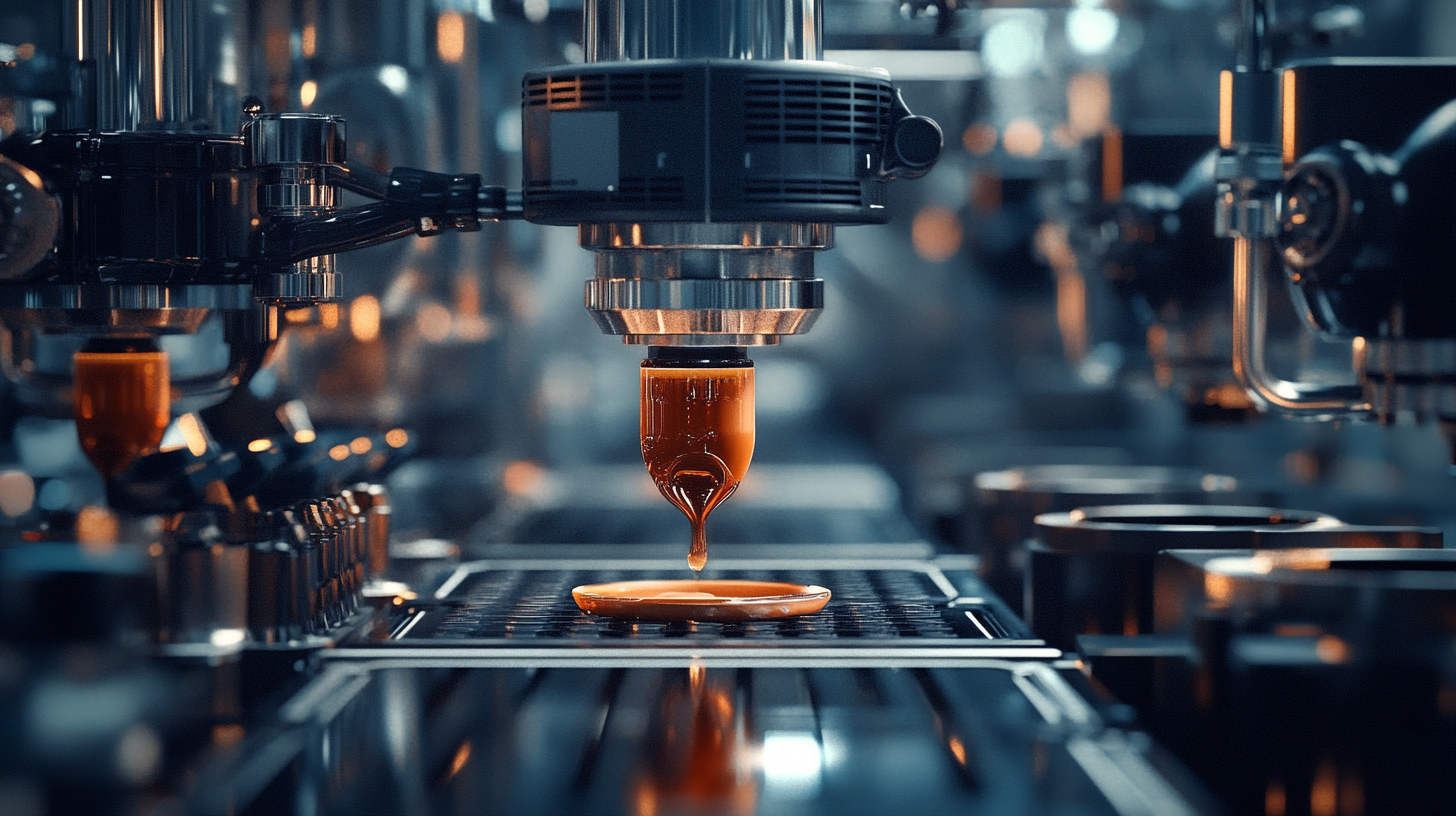
Understanding Coffee Robot Machines: Features and Benefits
Understanding coffee robot machines can significantly enhance your café's efficiency and coffee quality. These machines come equipped with advanced features that streamline the brewing process, ensuring consistency and precision with every cup. Unlike traditional coffee machines, coffee robots can automate several aspects of coffee preparation—from grinding and brewing to milk frothing—allowing baristas to focus on customer service and creativity rather than time-consuming tasks. One of the standout benefits of coffee robot machines is their ability to deliver a perfect cup of coffee every time. With programmable settings, these machines can adjust brewing temperatures, extraction times, and even the amount of pressure applied, producing coffee that meets the highest standards of flavor and aroma. This level of control is particularly essential in a competitive café environment, where customer satisfaction largely hinges on the quality of the coffee. Moreover, investing in a coffee robot machine can lead to significant savings in labor costs over time. With minimal oversight needed, cafés can operate efficiently during peak hours, freeing up staff to engage more effectively with patrons. This operational efficiency not only enhances the customer experience but also boosts productivity, making coffee robot machines a wise choice for modern coffee businesses looking to maximize their production capabilities.
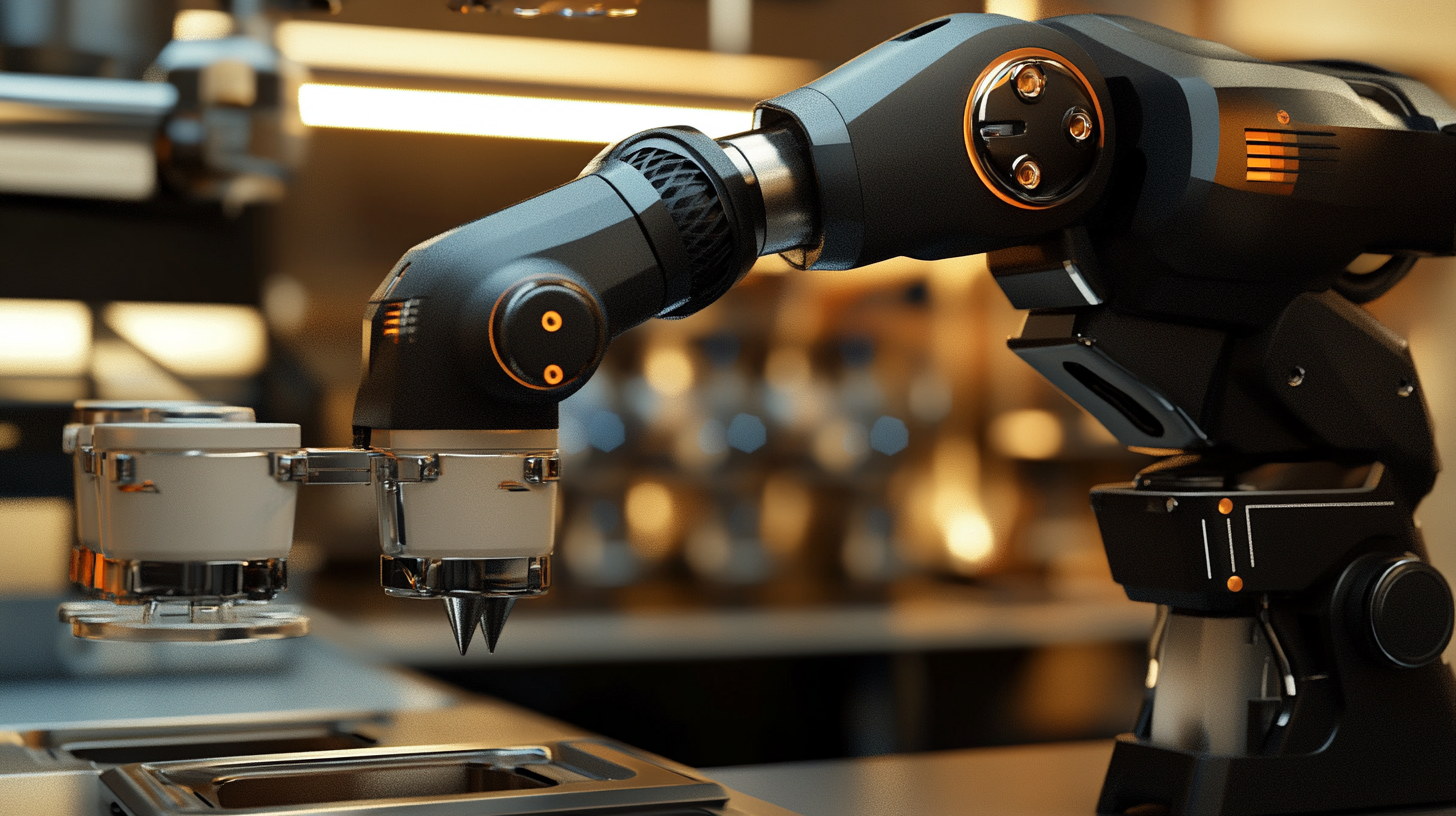
Key Technologies Driving Coffee Production Automation
In recent years, the coffee industry has witnessed a paradigm shift towards automation, significantly enhancing production efficiency. Key technologies driving this transformation include robotics, artificial intelligence (AI), and the Internet of Things (IoT). According to the International Coffee Organization, global coffee production reached 175 million 60-kilogram bags in 2021, highlighting the need for improved operational efficiency. With labor costs rising and skilled labor shortages becoming more common, coffee producers are increasingly turning to robotic machines that streamline processes from harvesting to brewing.
Robotics has emerged as a game-changer within coffee production. Automated coffee harvesting machines, for example, can reduce labor costs by up to 70% while increasing the precision of coffee picking. A report by Allied Market Research indicates that the global agricultural robot market is projected to reach $20.6 billion by 2025, with coffee production playing a significant role. These robots can work tirelessly to harvest coffee cherries, allowing producers to maximize yield and maintain quality more consistently.
Additionally, AI and IoT technologies offer enhanced data analytics capabilities that empower coffee farmers to monitor crop health and optimize irrigation and fertilization schedules. According to Research and Markets, the integration of AI in agriculture could increase crop yield by as much as 30%. By implementing IoT sensors to track key environmental metrics, farmers can make informed decisions that lead to better coffee production outcomes. As automation continues to evolve, the coffee industry stands poised to embrace novel solutions that contribute to sustainability and efficiency, paving the way for a new era in coffee production.
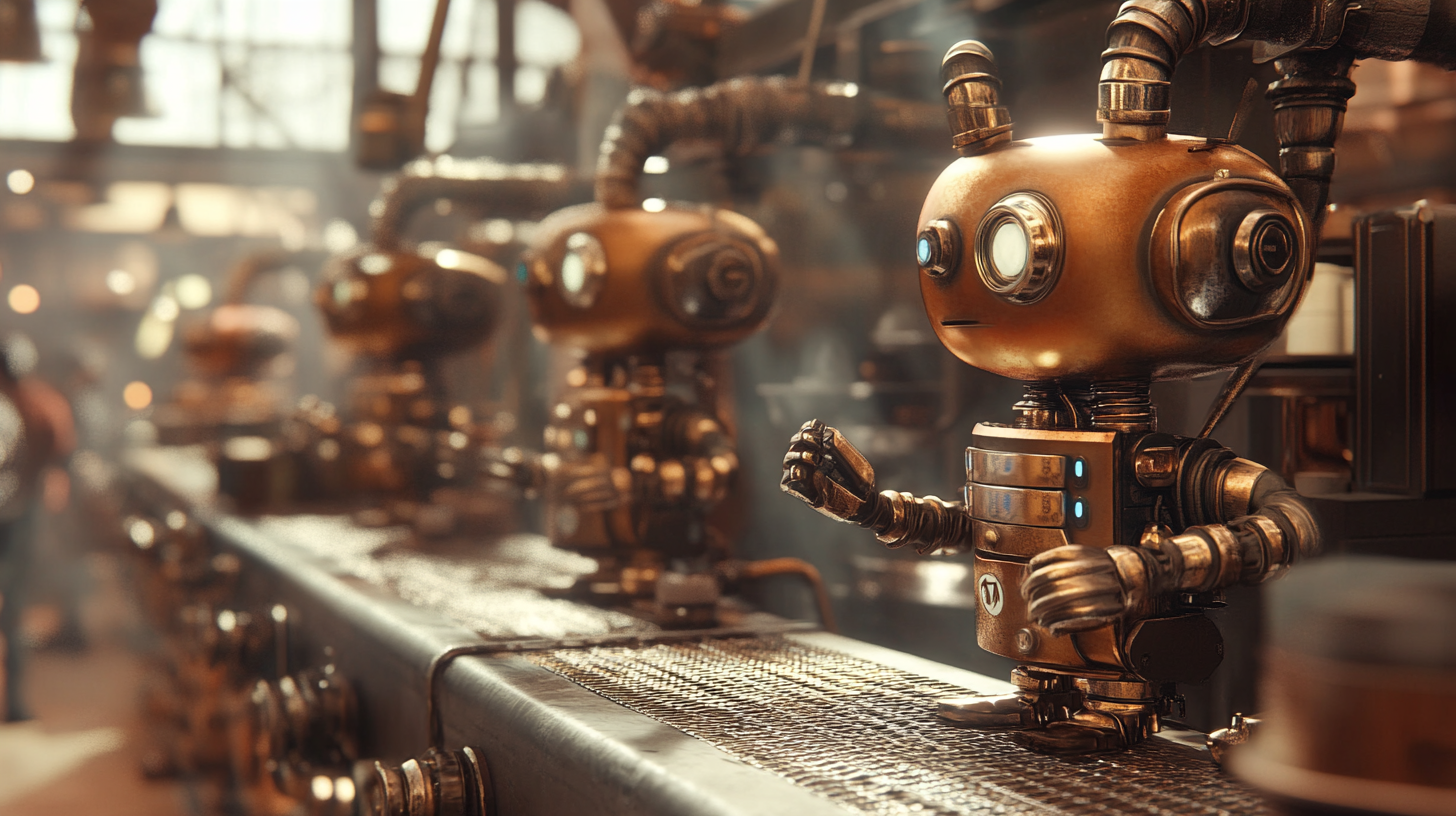
Optimizing Workflow: How Coffee Robots Enhance Efficiency
As the coffee industry continues to evolve, the integration of technology has become crucial for enhancing operational efficiency. Coffee robots are at the forefront of this transformation, optimizing workflow in various ways. According to a report by Allied Market Research, the global coffee machine market was valued at approximately $4.2 billion in 2020 and is expected to reach $7.5 billion by 2027, demonstrating a growing trend towards automation in coffee production.
These advanced machines streamline multiple stages of coffee preparation, from grinding beans to brewing the perfect cup. By minimizing human error and ensuring consistency, coffee robots can increase production rates significantly—some operations report efficiency improvements of up to 30%. A study from Technavio estimates that the adoption of robotic automation in food processing could lead to a reduction in labor costs by around 20%, further enabling businesses to allocate resources more effectively.
Moreover, coffee robots are designed to adapt quickly to different types of coffee and customer preferences. This flexibility allows businesses to respond to market demands with agility, enhancing customer satisfaction and loyalty. A recent survey indicated that 70% of coffee enthusiasts prefer establishments that utilize innovative brewing technologies, underlining the competitive edge that automation provides in attracting and retaining customers.
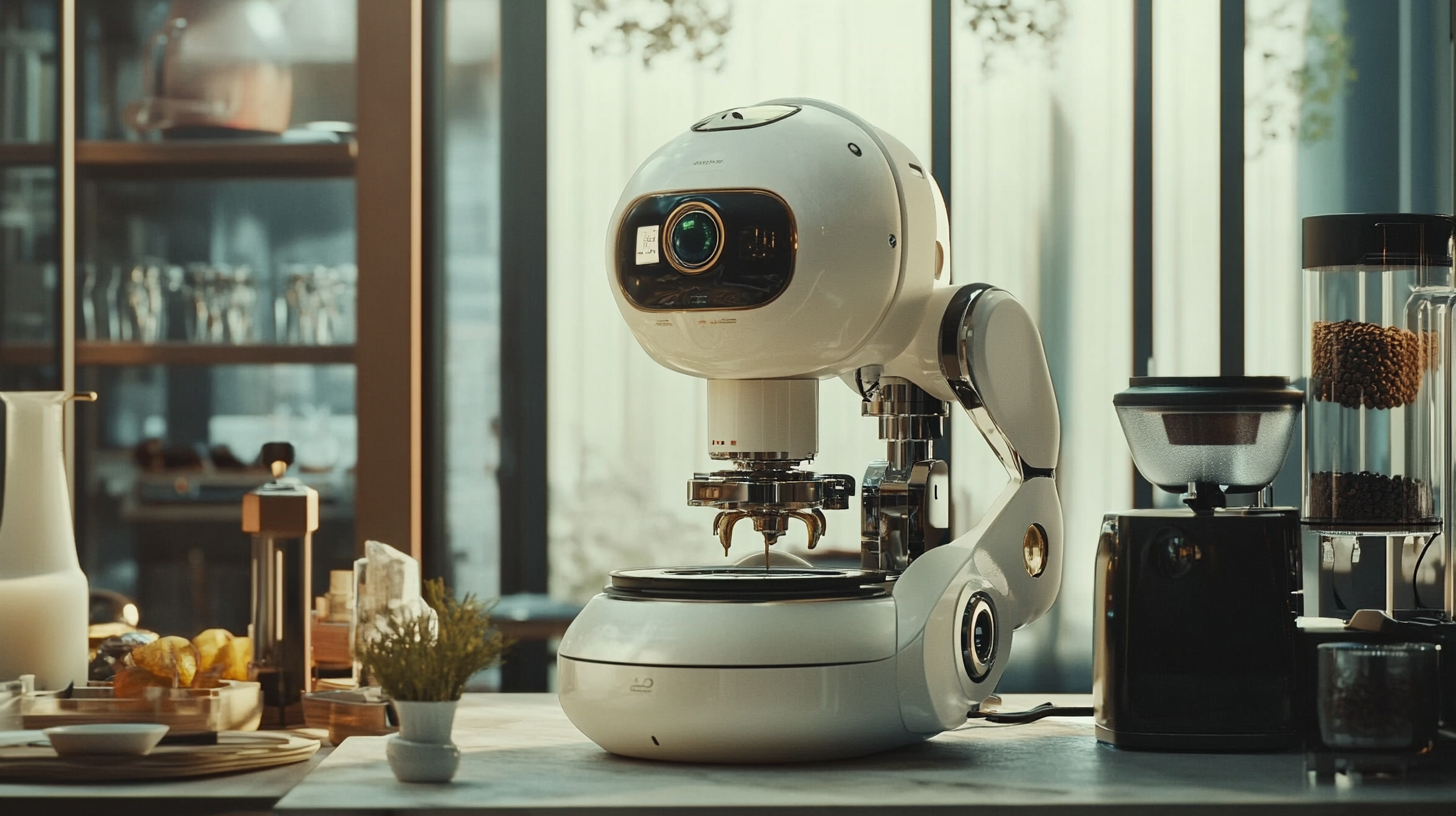
Choosing the Right Coffee Robot for Your Business Needs
Choosing the right coffee robot for your business needs can play a critical role in enhancing productivity and meeting customer demands. According to a recent report by the Specialty Coffee Association, the global coffee market is expected to reach $155 billion by 2026, emphasizing the necessity for efficient operations. Coffee robot machines are increasingly becoming a staple within cafes and coffee shops, as they offer consistency, speed, and reduced labor costs.
When considering a coffee robot, it’s essential to evaluate your specific business requirements. A study by Technavio revealed that deploying automation in coffee preparation could enhance efficiency by up to 30%. For instance, if you're running a high-volume café, investing in a high-capacity coffee robot that can brew, grind, and serve coffee at peak times can significantly improve service speed, ultimately leading to higher customer satisfaction rates and increased sales.
Additionally, factors such as technology integration, ease of maintenance, and the extent of customization also play vital roles in your decision-making process. An analysis by IBISWorld indicated that businesses that embrace technology innovations report up to 40% higher operational efficiency. Therefore, owning a coffee robot that offers seamless integration with your point-of-sale system can streamline your workflow and enhance data collection for better inventory management.
Investing in the right coffee robot is not merely about automating processes but optimizing them to align with your brand’s goals. This approach not only aids in maximizing productivity but also ensures you meet the evolving tastes of coffee enthusiasts, essentially establishing a competitive edge in the rapidly growing coffee industry.
Future Trends: Innovations Shaping Coffee Robotics发展
The coffee industry is on the brink of a technological revolution, with robotics emerging as a crucial player in shaping its future. Recent reports indicate that the global coffee robot market is expected to witness a compound annual growth rate (CAGR) of 24% from 2022 to 2030. This unprecedented growth is driven by innovations that enhance efficiency in coffee production, reduce labor costs, and improve product consistency. As coffee aficionados turn to automation for high-quality brews, coffee robot machines are set to redefine the landscape of coffee services.
Innovations in coffee robotics are not just limited to brewing; they extend to picking, processing, and even packaging. For instance, robotic systems equipped with advanced sensors and artificial intelligence are now capable of meticulously selecting ripe coffee cherries, which can increase yield by up to 30% compared to manual harvesting. Additionally, these robots minimize the risk of damage to the delicate beans, preserving their quality throughout the post-harvest process. Such advancements are critical, especially as climate change poses challenges to traditional coffee farming methods.
Furthermore, automation in coffee shops is becoming increasingly prevalent, with robots handling everything from espresso extraction to latte art. A recent study revealed that cafes employing robotic assistance reported a 40% reduction in wait times and a 25% increase in customer satisfaction. As businesses look to streamline operations, the integration of coffee robots not only enhances efficiency but also allows baristas to focus on delivering a more personalized customer experience. With the continuous evolution of robotics-driven technologies, the future of coffee production promises to be more efficient and innovative than ever before.
